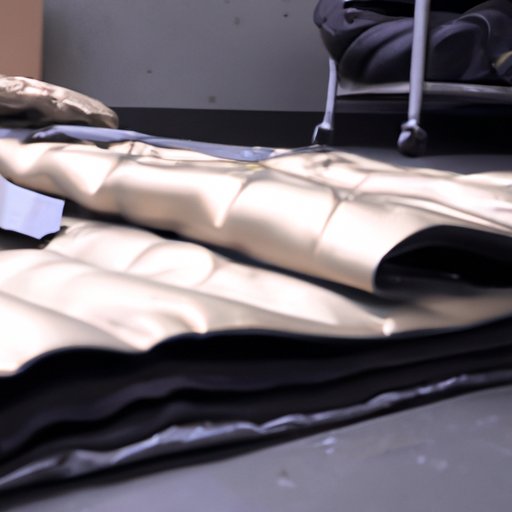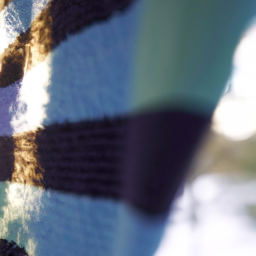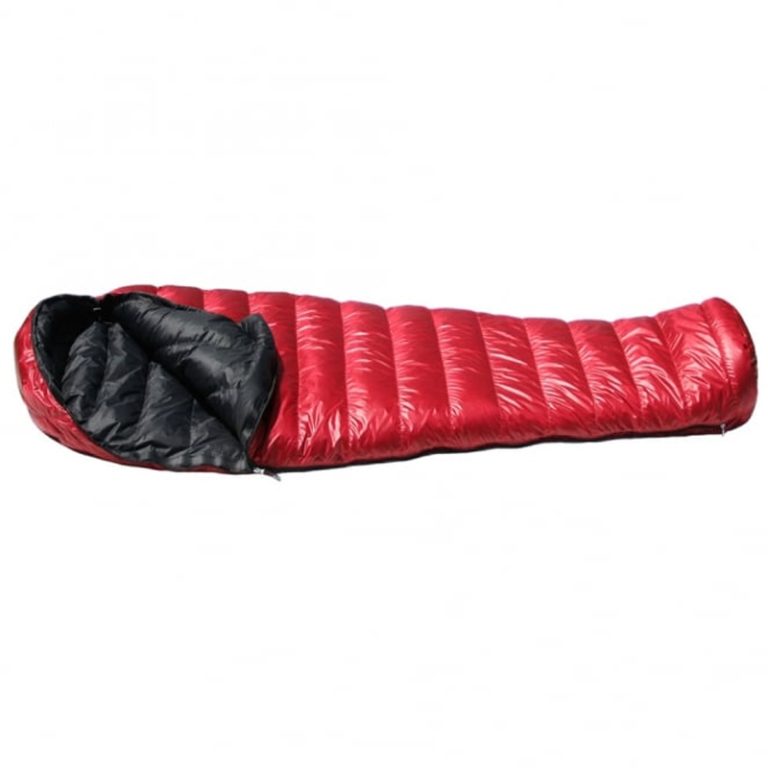Hoe kies je de juiste slaapzak voor optimale thermische isolatie

Onderzoek naar de verschillende soorten isolatie die in slaapzakken worden gebruikt en hun voordelen
Slaapzakken zijn een essentieel onderdeel van kampeerspullen en zorgen voor warmte en comfort in de buitenlucht. Isolatie is de belangrijkste factor bij het bepalen hoe warm een slaapzak je zal houden, en er zijn verschillende soorten isolatie die in slaapzakken worden gebruikt. Als u de verschillende soorten isolatie en hun voordelen begrijpt, kunt u de juiste slaapzak voor uw behoeften kiezen.
Donsisolatie is het meest populaire type isolatie dat in slaapzakken wordt gebruikt. Het is gemaakt van de zachte, pluizige onderlaag van eenden en ganzen, en is zeer samendrukbaar en licht van gewicht. Donsisolatie houdt ook zeer efficiënt lucht vast en zorgt voor warmte, waardoor het een ideale keuze is voor kamperen bij koud weer. De keerzijde van donsisolatie is dat het niet erg duurzaam is en zijn isolerende eigenschappen kan verliezen als het nat is.
Synthetische isolatie is een populair alternatief voor donsisolatie. Het is gemaakt van polyestervezels en is ontworpen om de isolerende eigenschappen van dons na te bootsen. Synthetische isolatie is duurzamer dan dons en behoudt zijn isolerende eigenschappen als het nat is, waardoor het een uitstekende keuze is voor natte klimaten. Synthetische isolatie is echter zwaarder en minder samendrukbaar dan dons, waardoor het minder ideaal is voor backpacken. Een ander type isolatie dat in slaapzakken wordt gebruikt, is wol. Wol is een natuurlijke vezel die zeer ademend en vochtafvoerend is, waardoor het een uitstekende keuze is voor kamperen bij warm weer. Wol is ook zeer duurzaam en behoudt zijn isolerende eigenschappen als het nat is, waardoor het een uitstekende keuze is voor natte klimaten. Het nadeel van wol is dat het zwaarder en minder samendrukbaar is dan dons of synthetische isolatie, waardoor het minder ideaal is voor backpacken.
Ten slotte is er het nieuwere type isolatie dat in slaapzakken wordt gebruikt: synthetische microvezelisolatie. Dit type isolatie is gemaakt van ultrafijne polyestervezels en is ontworpen om superieure warmte en samendrukbaarheid te bieden. Isolatie van synthetisch microvezel is licht van gewicht, zeer samendrukbaar en behoudt zijn isolerende eigenschappen als het nat is, waardoor het een ideale keuze is voor backpacken. slaapzak. Donsisolatie is lichtgewicht en zeer samendrukbaar, waardoor het ideaal is voor kamperen bij koud weer. Synthetische isolatie is duurzamer en behoudt zijn isolerende eigenschappen als het nat is, waardoor het een uitstekende keuze is voor natte klimaten. Wol is zeer goed ademend en vochtafvoerend, waardoor het een uitstekende keuze is voor kamperen bij warm weer. En synthetische microvezelisolatie is lichtgewicht, zeer samendrukbaar en behoudt zijn isolerende eigenschappen als het nat is, waardoor het een ideale keuze is voor backpacken.
Sleeping bags are an essential piece of camping gear, providing warmth and comfort in the outdoors. Insulation is the key factor in determining how warm a sleeping bag will keep you, and there are several types of insulation used in sleeping bags. Understanding the different types of insulation and their benefits can help you choose the right sleeping bag for your needs.
Down insulation is the most popular type of insulation used in sleeping bags. It is made from the soft, fluffy undercoating of ducks and geese, and is highly compressible and lightweight. Down insulation is also very efficient at trapping air and providing warmth, making it an ideal choice for cold weather camping. The downside of down insulation is that it is not very durable and can lose its insulating properties when wet.
Synthetic insulation is a popular alternative to down insulation. It is made from polyester fibers and is designed to mimic the insulating properties of down. Synthetic insulation is more durable than down and retains its insulating properties when wet, making it a great choice for wet climates. However, synthetic insulation is heavier and less compressible than down, making it less ideal for backpacking.
Another type of insulation used in sleeping bags is wool. Wool is a natural fiber that is highly breathable and moisture-wicking, making it a great choice for warm weather camping. Wool is also very durable and retains its insulating properties when wet, making it a great choice for wet climates. The downside of wool is that it is heavier and less compressible than down or synthetic insulation, making it less ideal for backpacking.
Finally, there is the newer type of insulation used in sleeping bags: synthetic microfiber insulation. This type of insulation is made from ultra-fine polyester fibers and is designed to provide superior warmth and compressibility. Synthetic microfiber insulation is lightweight, highly compressible, and retains its insulating properties when wet, making it an ideal choice for backpacking.
No matter which type of insulation you choose, understanding the benefits of each can help you make an informed decision when selecting a sleeping bag. Down insulation is lightweight and highly compressible, making it ideal for cold weather camping. Synthetic insulation is more durable and retains its insulating properties when wet, making it a great choice for wet climates. Wool is highly breathable and moisture-wicking, making it a great choice for warm weather camping. And synthetic microfiber insulation is lightweight, highly compressible, and retains its insulating properties when wet, making it an ideal choice for backpacking.




